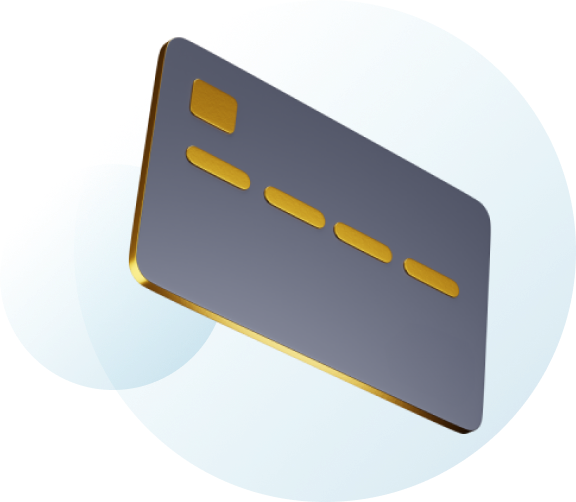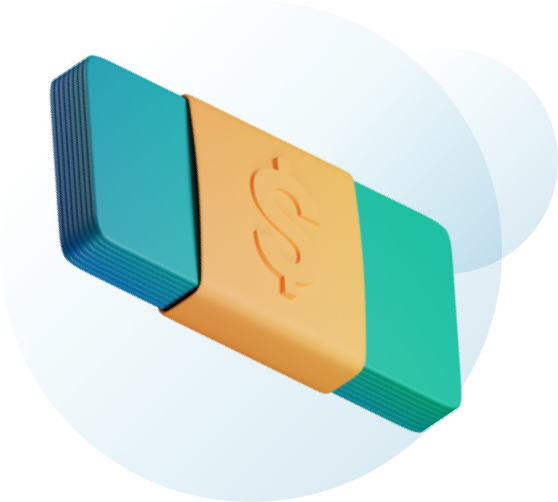Medial epicondylitis, commonly referred to golfer’s elbow, is characterized by pain on the inside (medial side) of the elbow. Pain associated with medial epicondylitis often develops due to overuse of the forearm muscles that attach to the medial epicondyle. The medial epicondyle is the bony projection of the humerus bone (long bone of the arm) where the forearm muscles attach to the elbow. Medial epicondylitis is one of the most common injuries seen in individuals who play golf.

